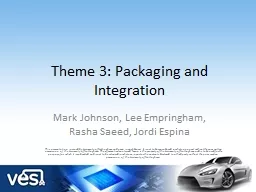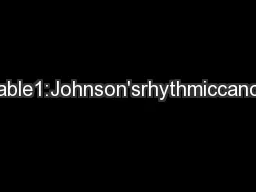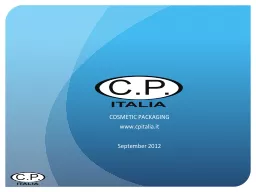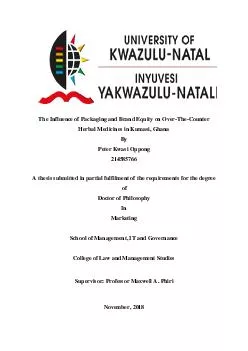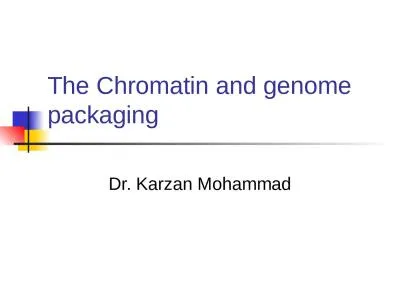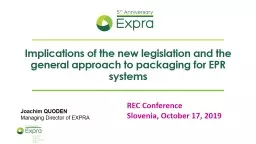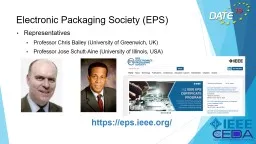PPT-Theme 3: Packaging and Integration
Author : liane-varnes | Published Date : 2018-02-02
Mark Johnson Lee Empringham Rasha Saeed Jordi Espina This presentation is issued by University of Nottingham and given in confidence It is not to be reproduced
Presentation Embed Code
Download Presentation
Download Presentation The PPT/PDF document "Theme 3: Packaging and Integration" is the property of its rightful owner. Permission is granted to download and print the materials on this website for personal, non-commercial use only, and to display it on your personal computer provided you do not modify the materials and that you retain all copyright notices contained in the materials. By downloading content from our website, you accept the terms of this agreement.
Theme 3: Packaging and Integration: Transcript
Download Rules Of Document
"Theme 3: Packaging and Integration"The content belongs to its owner. You may download and print it for personal use, without modification, and keep all copyright notices. By downloading, you agree to these terms.
Related Documents

